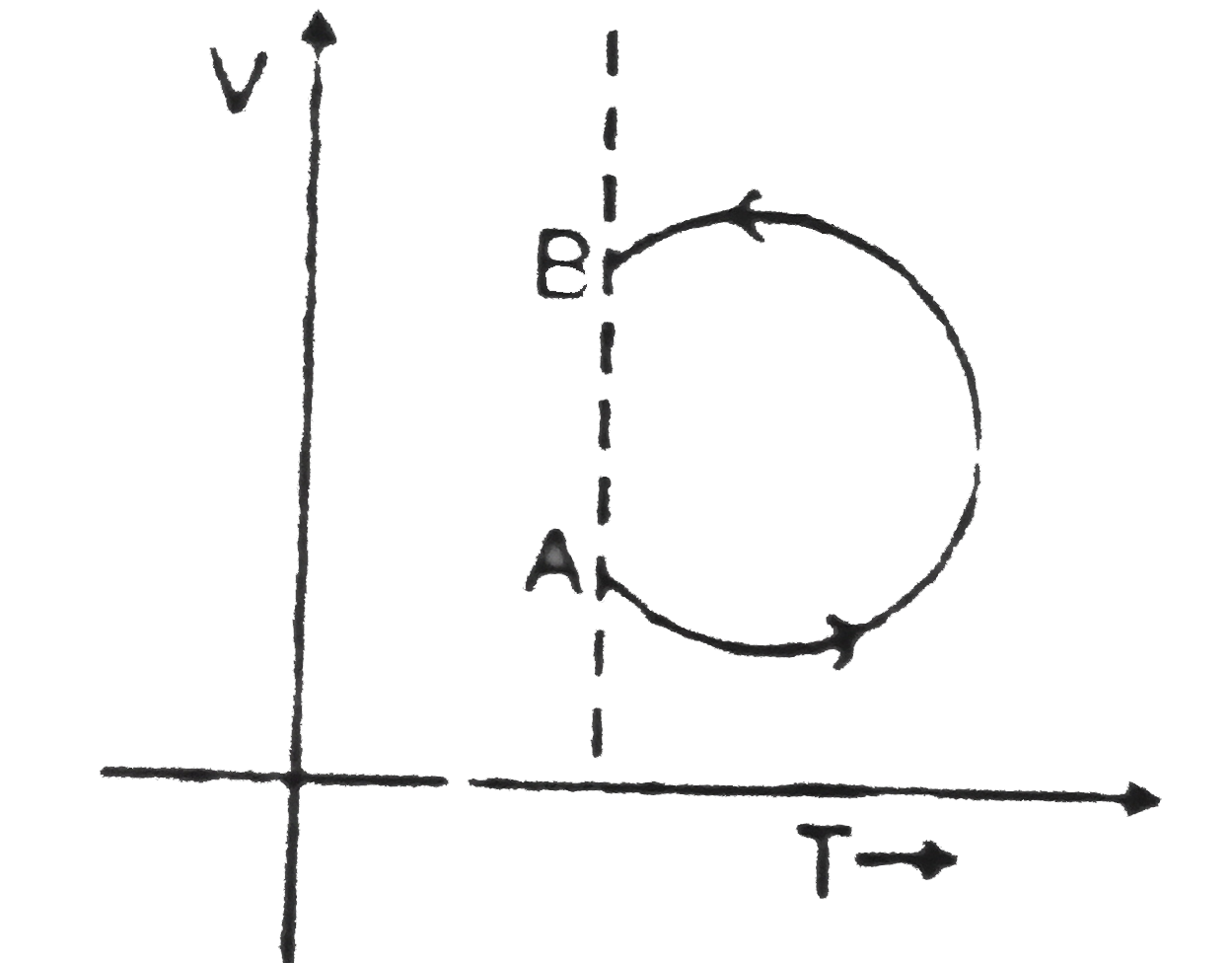The immature male germ cells undergo division to produce sperms by the process of spermatogenesis. Choose the correct one with reference to above.
Spermatogonia have 46 chromosomes and always undergo meiotic cell division.
Primary spermatocytes divide by mitotic cell division.
Secondary spermatocytes have 23 chromosomes and undergo second meiotic division
Spermatozoa are transformed into spermatids.
The correct Answer is:C
To solve the question regarding spermatogenesis and the characteristics of male germ cells, we can break it down into the following steps:
1. Understanding Spermatogenesis:
- Spermatogenesis is the process through which immature male germ cells develop into mature sperm cells. This involves several stages of cell division and differentiation.
2. Identifying Germ Cell Types:
- The initial germ cells are called spermatogonia. These cells are diploid, meaning they contain 46 chromosomes (23 pairs).
3. Division of Spermatogonia:
- Spermatogonia undergo mitotic division to produce more spermatogonia, ensuring a continuous supply of germ cells. This is important for maintaining the germ cell line.
4. Formation of Primary Spermatocytes:
- Some spermatogonia will differentiate into primary spermatocytes, which are also diploid and contain 46 chromosomes.
5. Meiosis I:
- Primary spermatocytes undergo meiosis I, which reduces the chromosome number by half, resulting in two secondary spermatocytes, each containing 23 chromosomes (haploid).
6. Meiosis II:
- Each secondary spermatocyte then undergoes meiosis II, resulting in a total of four haploid cells called spermatids.
7. Transformation into Spermatozoa:
- The spermatids then undergo a transformation process to become mature sperm cells, known as spermatozoa.
8. Correct Option:
- Based on the information provided, the correct statement is that secondary spermatocytes have 23 chromosomes and undergo the second meiotic division.
Final Answer:
The correct option is: Option 3 - Secondary spermatocytes have 23 chromosomes and undergo second meiotic division.
---
- Spermatogenesis is the process through which immature male germ cells develop into mature sperm cells. This involves several stages of cell division and differentiation.
- The initial germ cells are called spermatogonia. These cells are diploid, meaning they contain 46 chromosomes (23 pairs).
- Spermatogonia undergo mitotic division to produce more spermatogonia, ensuring a continuous supply of germ cells. This is important for maintaining the germ cell line.
- Some spermatogonia will differentiate into primary spermatocytes, which are also diploid and contain 46 chromosomes.
- Primary spermatocytes undergo meiosis I, which reduces the chromosome number by half, resulting in two secondary spermatocytes, each containing 23 chromosomes (haploid).
- Each secondary spermatocyte then undergoes meiosis II, resulting in a total of four haploid cells called spermatids.
- The spermatids then undergo a transformation process to become mature sperm cells, known as spermatozoa.
- Based on the information provided, the correct statement is that secondary spermatocytes have 23 chromosomes and undergo the second meiotic division.
The correct option is: Option 3 - Secondary spermatocytes have 23 chromosomes and undergo second meiotic division.
Similar Questions
Knowledge Check
- Question 1 - Select One
The immature male germ cells undergo division to produce sperms by the process of spermatogenesis. Choose the correct one with reference to above.
ASpermatogonia have 46 chromosomes and always undergo meiotic cell divisionBPrimary spermatocytes divide by mitotic cell divisionCSecondary spermatocytes have 23 chromosomes and undergo second meiotic divisionDSpermatozoa are transformed into spermatids - Question 2 - Select One
How many pollen mother cells should undergo meiotic division to produce 64 pollen grains?
A64B32C16D8 - Question 3 - Select One or More
An ideal gas undergoes isothermal process from some initial state i to final state f. Choose the correct alternatives.
AdU=0Bdθ=0Cdθ=dUDdw=dw
An ideal gas undergoes isothermal process from some initial state i to final state f. Choose the correct alternatives.
View SolutionSecondary spermatocytes undergo second meiotic division during spermatogenesis to produce
View SolutionGo through the following statements:-
(i). Primary spermatocytes undergo mitotic divisions to produce secondary spermatocytes
(ii). Sperms released from the seminiferous tubules are fuly mature and motile
(iii) The head of sperm possesses may mitochondria which produce energy for the movement of tail
(iv) The human male ejaculates about 20-30 million sperms during a cuitus
which of these are correct?View SolutionSecondary spermatocytes undergo second meiotic division during spermatogenesis to produce.
View SolutionAssertion Sertoli cells are being involved in the process of spermatogenesis.
Reason Nutrition of developing sperms is provided by Sertoli cells.View Solution


